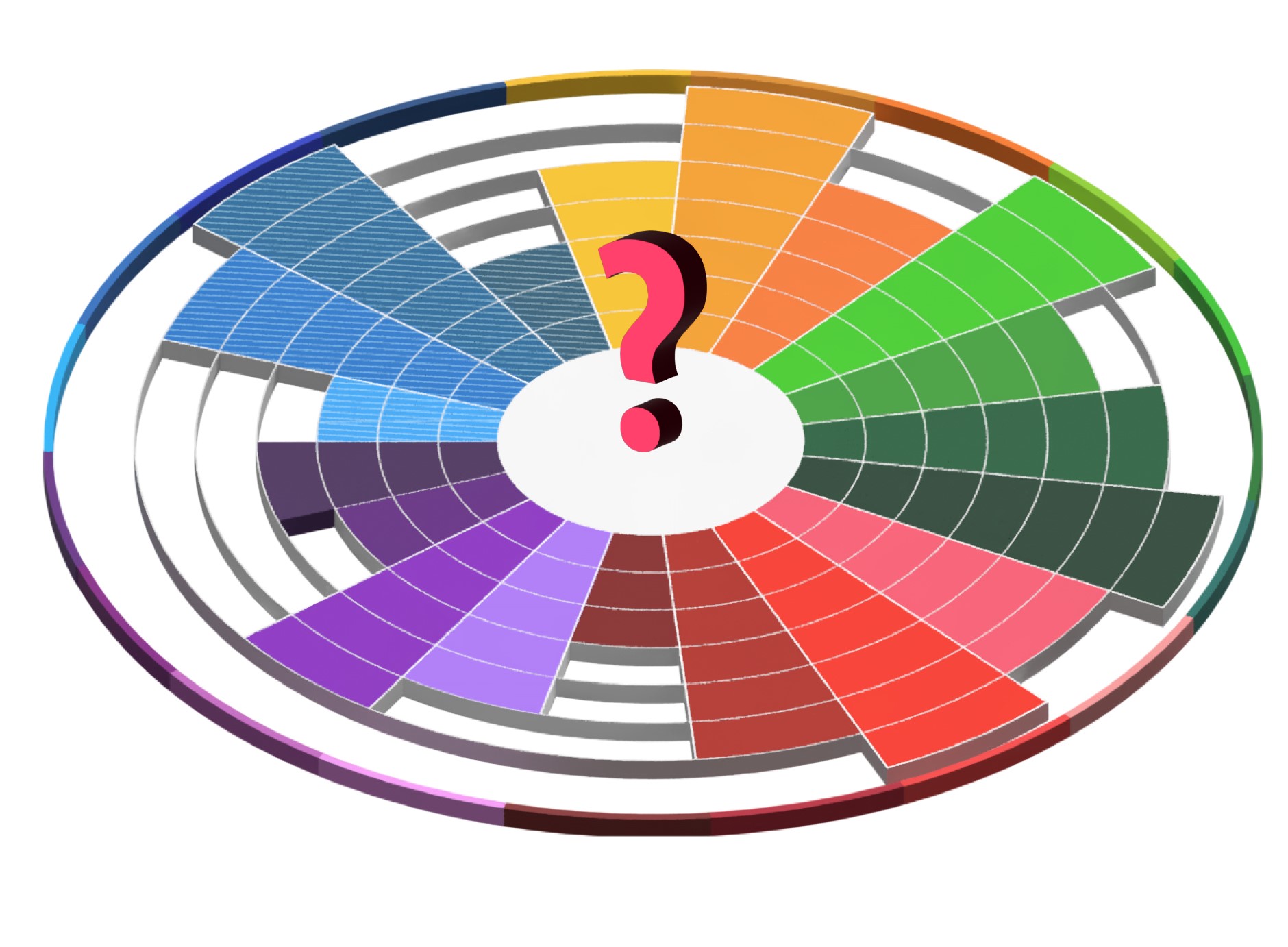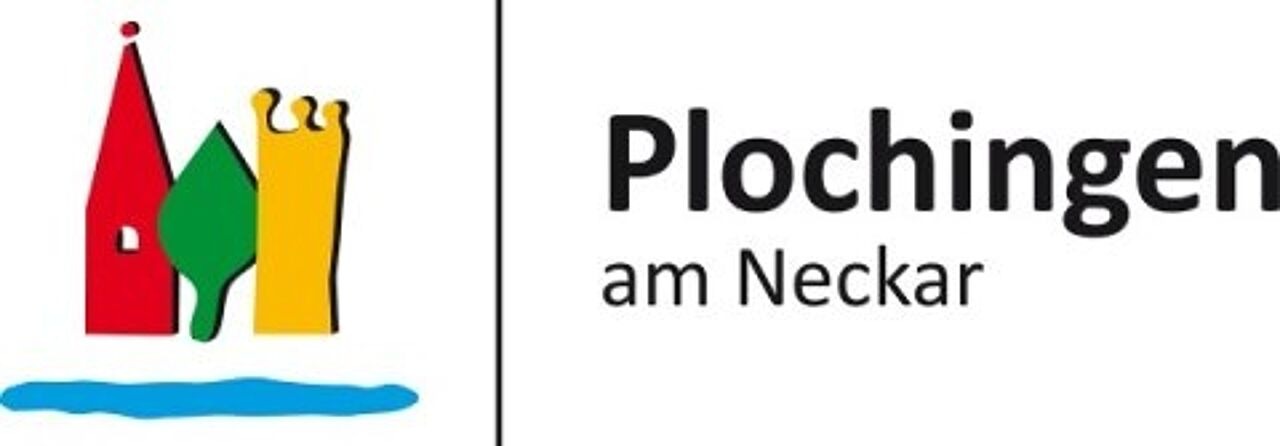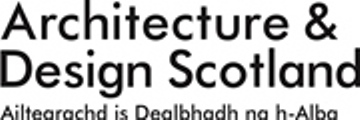With the StadtRaumMonitor, people can evaluate their own environment. The tool can be applied in relation to different environments such as cities, communities or neighbourhoods: environments that either already exist for a long time or are still being planned. The StadtRaumMonitor provides a discussion guide in the form of questions that facilitate and promote the exchange about one's own living environment. The focus is on the participation of the people who live or work on site in order to determine the perception of their living conditions. This information is an important complement to quantitative data e.g. B. from the areas of health/social reporting and community development.
The StadtRaumMonitor can be used to work out in detail what strengths and weaknesses an environment has and in which areas it can still be improved. The participating population evaluates the relevant areas of their living environment that also have an impact on health, such as natural areas, housing, transport or supply. At the same time, there is the possibility of naming deficits and potential for improvement and making concrete suggestions.
The overarching goal of the StadtRaumMonitor is to create a livable and health-promoting living environment in which everyone feels comfortable over the long term.
The StadtRaumMonitor is easy to use and free of charge.
The StadtRaumMonitor is based on the "Place Standard Tool (PST)". It was developed in Scotland and first used there in 2015. The overarching goal is to reduce existing health and social inequalities and to improve living environments in the long term. In the English understanding, the term "place" not only includes the geographical and spatial aspect of a place, but also includes its social, economic, cultural and historical significance. The identity of a place, the connection people have with this place and the values and norms that apply there play an important role.
The Place Standard Tool proved to be applicable for various objectives in municipalities and also culturally adaptable. It is now used across the board in Scotland. Since the German word "Ort" does not include the full meaning of the word "place", the "Place Standard Tool" became the "StadtRaumMonitor" in German. This title is intended to depict both urban and rural structures.
The Place Standard Tool has already been adapted and used in other European countries (e.g. the Netherlands, Spain, Latvia, Turkey).
Germany started to adapt the instrument in 2019. Initially, the cities of Bochum, Eschweiler and Plochingen and the municipality of Aidlingen piloted the applicability in municipal practice. After successfully completing the pilot phase, the StadtRaumMonitor is now available throughout Germany.
The everyday living environment in which we live, learn, work or spend our free time has a significant impact on our quality of life and health. So z. For example, living in a living environment with housing in poor condition, little green space, poor air quality or excessive noise pollution increases the risk of health problems. Even if an environment is perceived or experienced as unsafe, this can have an unfavorable effect on well-being. On the other hand, the design of the living environment can also have a positive influence on our health. This is e.g. the case when there are lots of green spaces, safe bike lanes and lots of public meeting places.
When we understand the strengths and weaknesses of a particular environment, we can make informed decisions about improvements and use resources where they are most needed. The StadtRaumMonitor supports the responsible actors in creating livable and health-promoting residential areas and environments in which people like to live, work and spend their free time.
The instrument can be used by anyone who would like to participate in health-promoting community development: e.g. by municipalities, voluntary services and non-profit organizations and above all by citizens. The StadtSpaceMonitor enables various actors to work together productively and according to uniform standards, even if the instrument is used under different circumstances and with different objectives.
With the StadtRaumMonitor, municipalities receive a scientifically sound instrument that actively involves citizens in order to identify and show the strengths and weaknesses, for example, in municipalities, districts or individual neighborhoods.
When using the StadtRaumMonitor, a distinction is made between two groups: on the one hand the "Admins" (those responsible for the project), on the other hand the "Respondents".
Respondents
For respondents there are two different ways of using the StadtRaumMonitor. In any case, both are registration-free:
The invitation to participate is sent via an admin: The survey is started via a link or QR code or by entering the survey ID. The survey is dedicated to a specific project, e.g. B. a municipality assigned. The data entered is collected, saved and evaluated by the associated admin.
There is no invitation via an admin: the survey can still be started manually from the website out of private interest. There is no project assignment. The data entered will not be collected, stored or evaluated by anyone, but can be downloaded or printed out before the end of the session
Even if the StadtRaumMonitor is started without a project assignment, the results can be printed out or saved together with a graphic representation. However, the data collected from the respondents is not stored in the system and is therefore not included in the location-based overall evaluation. Nevertheless, private use can be of value: interested citizens receive a clear picture of their own perception of the living environment.
Admins
Due to its ease of use, the decision to use the StadtRaumMonitor can come from various actors. These can be public or private institutions and organizations, e.g. the municipal administration, the health department, a housing company or citizens' initiatives and associations. At the beginning of the process, those responsible for the project decide in which area and for what purpose they want to use the StadtRaumMonitor. In principle, admins need to register before they can create, distribute and evaluate their own surveys. A checklist for planning and documenting the application can be found here.
The environment to be evaluated must be defined by both respondents and admins. It can be z. B. entire cities or communities, or parts of them, such as social spaces, quarters or a planned new development area.
First, the federal state and the respective city or municipality must be selected.
If the invitation is made via an admin, further sub-areas (e.g. social rooms, community/educational institutions or population groups) are predefined to which the respondents must assign themselves.
If participation takes place without an invitation, the respondents can decide for themselves whether and how they want to limit the area to be evaluated.
Respondents
The questionnaire consists of four overarching subject areas with a total of 15 questions that cannot be skipped. Due to the possibility of going back, previous questions can always be adjusted. Each of the 15 questions must be rated on a scale of 1-7 (1 = very bad, 7 = very good). Introductory explanatory texts under the main questions help with the evaluation. In addition, a drop-down box contains other aspects that can help with the evaluation. The rating slider can be moved intuitively and a feedback box leaves space for positive, negative and neutral comments. As a result, the entered data is illustrated in a sun diagram and made available for download.
Admins
Admins have the possibility to use the StadtRaumMonitor in different ways:
Online
The online survey can be sent to the desired population groups via a link, QR code or with the help of the group ID. The dashboard offers all important evaluation features at a glance and the option to create and download graphics. A more extensive data analysis (e.g. of the free text answers) is possible via the data export.
Group Discussion
Group discussions are particularly suitable for reaching specific population groups and collecting detailed information or recommendations for action. This offline data can be subsequently entered and evaluated via the admin dashboard. It is advantageous to create a separate sub-area in the survey for each group discussion. The advantages here lie in the possible combination of data from the online survey and (several) group discussions as well as the creation of result graphics overall and for each sub-area.
Paper form or one-on-one
The StadtSpaceMonitor can also be used in paper form or in one-on-one meetings. Here, too, this offline data can optionally be added to the admin dashboard. The advantages here lie in the possible merging of data from the various application options and the creation of result graphics.
Detailed information on how to use the StadtRaumMonitor can be found in the application manual. If you have any further questions, please get in touch with the contact persons listed below.
Once all questions have been answered, the ratings are automatically transferred to a sun chart (see below). A summary as an overview including all comments can be downloaded as a PDF file.
The result of the StadtRaumMonitor is easy to understand thanks to the sun diagram - the respondents can see at a glance in which subject areas an environment is doing well and where improvements are needed.
If the online survey was opened using a link provided (e.g. by the municipality) or a QR code, the data collected will be saved so that the admins responsible for the project can evaluate it quantitatively and qualitatively.
The StadtRaumMonitor shows the strengths and weaknesses of a living environment (residential environment, work environment, school environment, etc.). It is used to identify and prioritize necessary improvements and to promote appropriate developments. The process of application promotes exchange, interaction and participation of the population.
The special value of the StadtRaumMonitor lies in the fact that all respondents are involved as individual experts with knowledge about their living environment.
Local governments or other stakeholders responsible for local development can use the tool to plan and prioritize their activities. Furthermore, the StadtRaumMonitor can be used as part of a redesign or to further develop a living environment. It can also be used to re-evaluate an environment after changes have been made. With regard to other analytical instruments, the StadtRaumMonitor serves as a useful addition.
The use of the StadtRaumMonitor is part of a process that is far from over with its evaluation. This checklist provides some helpful hints about the process.
The StadtRaumMonitor is used to call up the knowledge of certain population groups and to include it in future decisions. For example, the StadtRaumMonitor can be used as part of an integrated urban development concept to support a holistic design of planning processes. Here are examples of how the StadtRaumMonitor has been used in Germany so far.
In order to determine next steps, it is helpful to consider how the conversations and relationships that have been initiated and formed can be further developed and strengthened. The StadtRaumMonitor was developed with the aim of designing and implementing suitable, needs-based measures that are desired and accepted by the population, so that greater equal health opportunities can arise.
Thanks to uniform standards, the instrument also offers the possibility of checking after a certain time whether and to what extent improvements have actually occurred.
In addition to the standard survey for the StadtSpaceMonitor with 15 key questions, there is another supplementary climate module. However, the questions about the climate module are only displayed to the respondents if an admin has actively set this up when creating the survey. The climate module is currently still being piloted and will therefore initially be tested in four model municipalities in 2022.
Climate change affects the health and well-being of millions of people worldwide and has been identified by the World Health Organization (WHO) as one of the greatest public health challenges of the 21st century. The consequences of climate change include extreme weather events such as periods of heat and drought, heavy precipitation (with flooding) and storms.
These consequences have a direct impact on health. Many more people are already dying of cardiovascular diseases, and the risk of skin cancer and psychological stress has also increased significantly. Climate change also promotes the spread of disease carriers such as ticks or mosquitoes and thus the transmission of certain diseases such as Lyme disease or meningitis. The pollen season has also lengthened, which can be a severe limitation for people with allergies. And climate change also has consequences for our livelihoods such as food, clean water and clean air. This also applies to our cities, villages and the direct living environment. Accordingly, measures must be developed to educate people on how to behave and to adapt the living environment of people to climate change and thus protect the health of the population from the effects as well as possible. The latter is primarily the task of the cities and municipalities, because they plan so-called "climate adaptation measures". Examples of this are well-developed warning systems for extreme weather and their consequences, climate-oriented construction or the creation of more green spaces and more water on site. Because these can promote general well-being and mental health and motivate people to exercise more. In this way, climate adaptation measures not only reduce the negative consequences of climate change, but also promote the health of the people in a place of residence.
In contrast, climate protection measures try to counteract climate change. Both are important, climate protection and climate adaptation. However, the StadtSpaceMonitor focuses on climate adaptation, i.e. on dealing with the consequences of climate change that are already noticeable today, as this plays a central role in health-promoting urban and community development.
Wenn Sie den StadtRaumMonitor als Admin (aus einer Kommune oder Organisation) nutzen möchten und Fragen dazu haben, können Sie hier Kontakt mit den Verantwortlichen aufnehmen.
Bundesweit:
Bundeszentrale für gesundheitliche Aufklärung
Ansprechpersonen: Christina Plantz, Patricia Tollmann, Verena Grau
E-Mail: stadtraummonitor(at)bzga.de
In Baden-Württemberg:
Ministerium für Soziales, Gesundheit und Integration Baden-Württemberg
Ansprechperson für kommunale Akteur*innen: Rabea Boos, Rabea.Boos(at)sm.bwl.de
Ansprechperson für den Öffentlichen Gesundheitsdienst: Dr. Torben Sammet, Torben.Sammet(at)sm.bwl.de
In Nordrhein-Westfalen:
Landeszentrum Gesundheit Nordrhein-Westfalen
Ansprechpersonen: Monika Mensing und Dr. Thomas Claßen
E-Mail: stadtraummonitor(at)lzg.nrw.de










